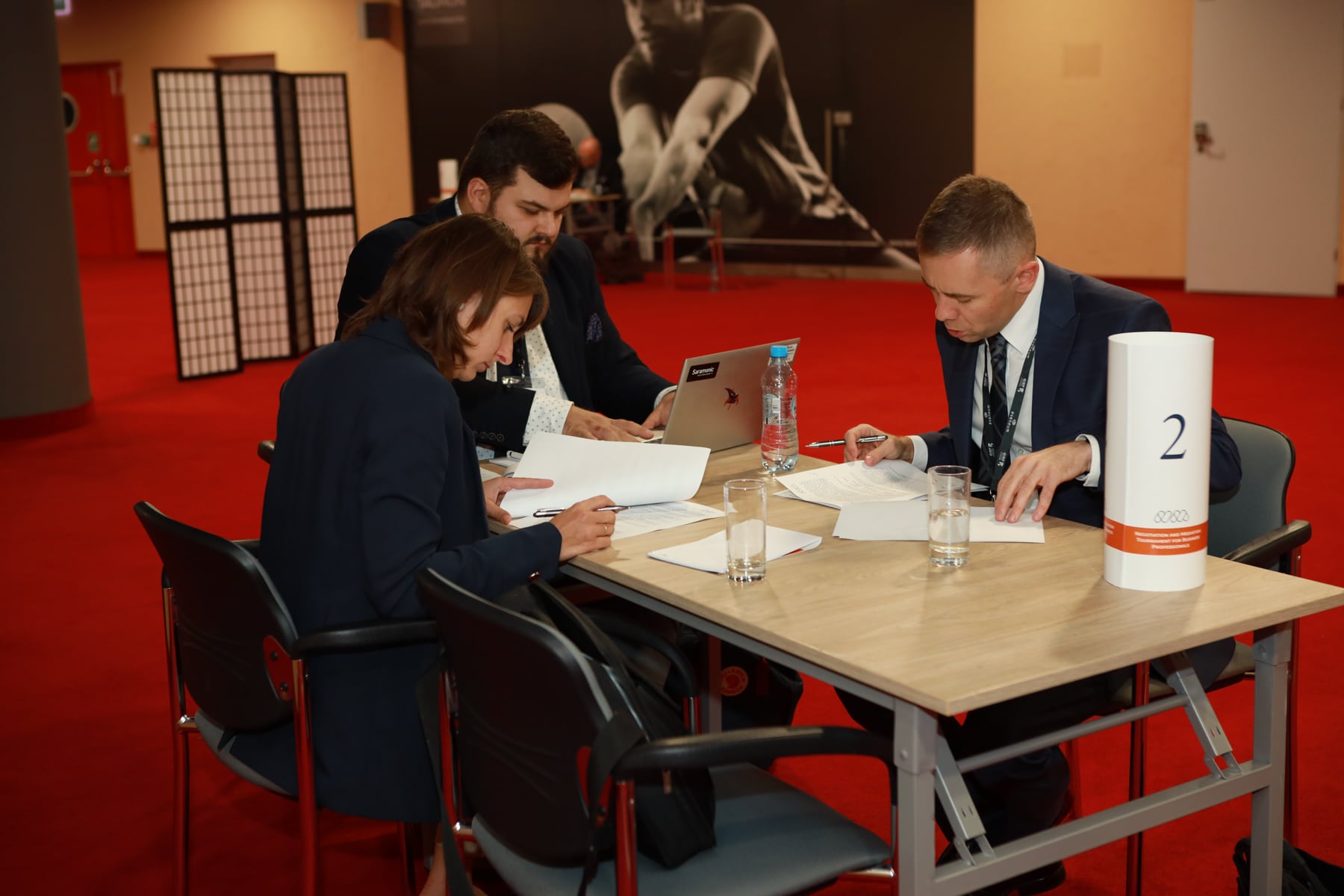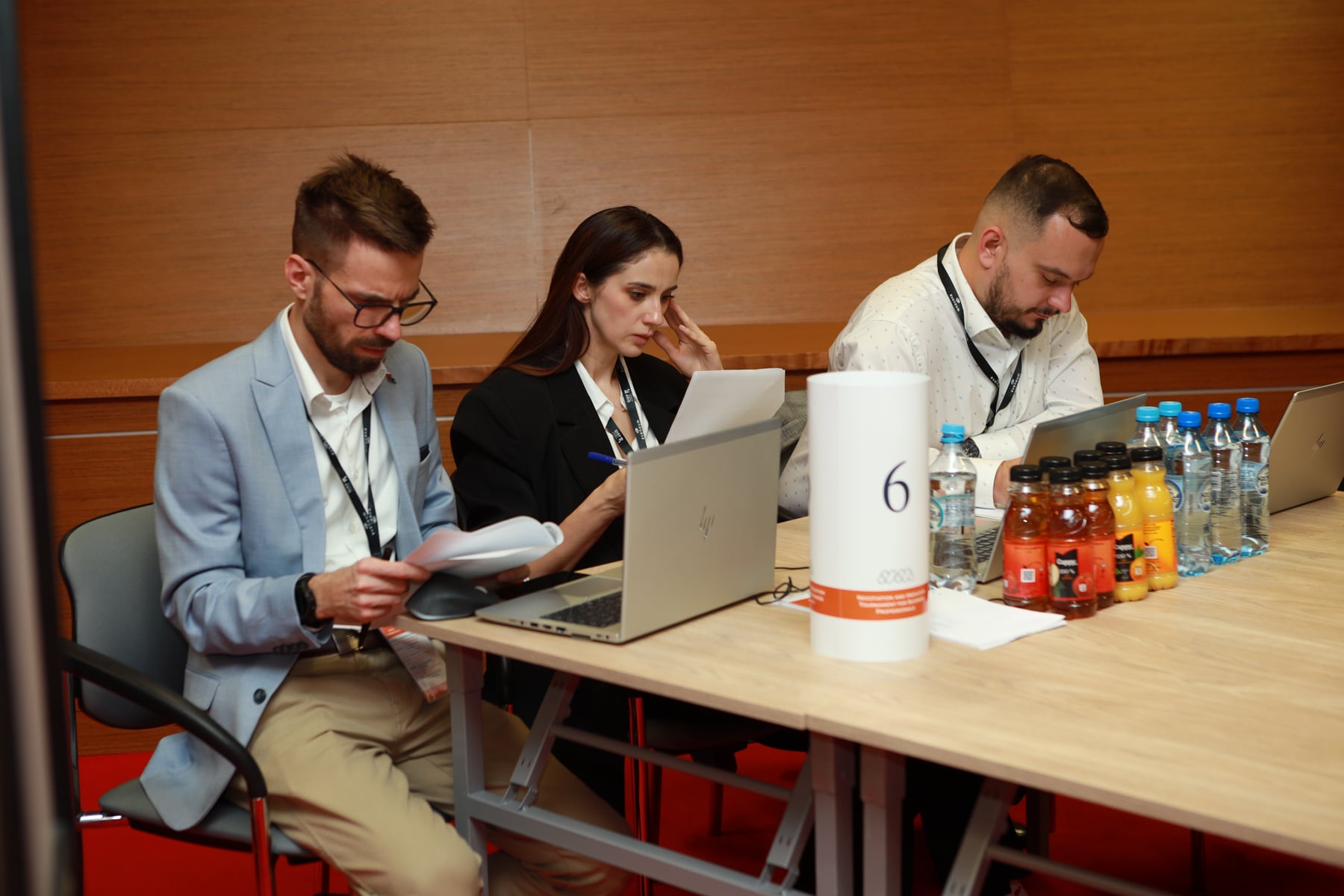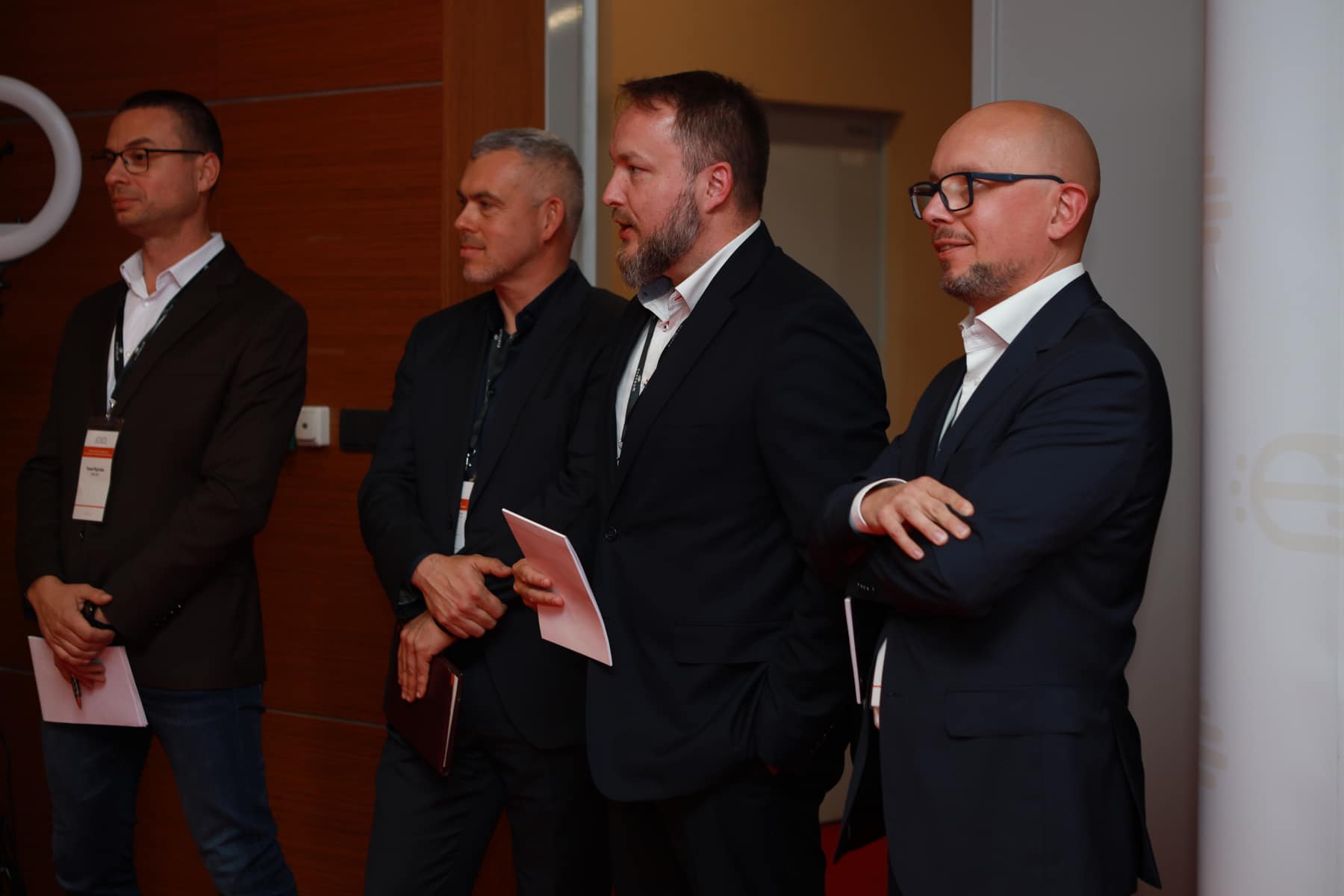Tournament scoring system and jury calibration scorecard
The jury will evaluate three negotiations elements:
- The outcome of your negotiation
- The preparation of your team for the negotiation
- The style in which you conduction your negotiation
The negotiation result is a "hard" parameter, based on a scorecard jointly completed by both negotiation teams, signed by representatives of both sides, and submitted to the juror in a sealed envelope.
Jurors receive a calibration scorecard to assess both the form and quality of the negotiation team’s preparation, as well as the alignment of their negotiation style with the scenario. Below is the list of criteria considered by jurors when evaluating preparation and style alignment:
The main focus of jury team in round 1 (before lunch)
Teamwork before and during negotiations
- Is it clear that the team has established roles split prior to the meeting, or do they interrupt each other frequently?
- Is there alignment on the negotiation plan and process, or does nervousness and differing viewpoints within the team become apparent?
- Does the team leverage the synergy of working together, or is it a "one-man show" with others being sidelined?
Utilization and interpretation of body language:
- Are the offers being emphasized through appropriate facial expressions or gestures?
- Do team members control their body language and respond appropriately when hearing the other party's offers?
- Is the team observing and interpreting the other party’s reactions in conjunction with their verbal communication?
Preparation and use of materials from the planning phase and tracking negotiation progress:
- During the negotiation, is someone from the team putting down the offers made by both sides?
- Does the team refer to documents prepared before the negotiations during the discussion?
- Is the team monitoring the value of the entire package throughout the negotiations?
The main focus of jury team in round 2 (after lunch)
Teamwork before and during negotiations
- Is it clear that the team has established roles split prior to the meeting, or do they interrupt each other frequently?
- Is there alignment on the negotiation plan and process, or does nervousness and differing viewpoints within the team become apparent?
- Does the team leverage the synergy of working together, or is it a "one-man show" with others being sidelined?
Initiative and leadership in negotiations:
- Does the team frequently present constructive offers instead of rejecting the opponent's proposals?
- Does the team make conditional offers (trading concessions) rather than merely stating what they can or cannot agree to?
- Is the team actively shaping the direction of the meeting, or are they merely reacting to topics introduced by the other side?
Balancing speaking and listening:
- Does the team appropriately balance the time spent speaking and listening to the other party?
- Is the team "negotiating from their own perspective" or truly "hearing" and "interpreting" what the other side is saying?
- Do they ask open-ended questions to broaden the scope of the negotiation?
Utilization and interpretation of body language:
- Are the offers being emphasized through appropriate facial expressions or gestures?
- Do team members control their body language and respond appropriately when hearing the other party's offers?
- Is the team observing and interpreting the other party’s reactions in conjunction with their verbal communication?
Preparation and use of materials from the planning phase and tracking negotiation progress:
- During the negotiation, is someone from the team putting down the offers made by both sides?
- Does the team refer to documents prepared before the negotiations during the discussion?
- Is the team monitoring the value of the entire package throughout the negotiations?
Effective use of questions and summarization
- Does the team ask clarifying questions?
- Does the team try to understand the rationale behind the opponent’s offers?
- Does the team summarize the negotiation status during the meeting?
Scoring Scale for Preparation and Negotiation Style
The juror may award between 1 and 10 points according to the following scale:
- 10 points – world-class performance combined with a unique element not used by any other team
- 9 points – world-class performance
- 5 points – executed in accordance with standard practice
- 1 point – significant shortcomings in preparation or negotiation style
Jury Team
The jury team consists of experienced negotiators and directors responsible for various areas within the company: general management, sales, HR, and procurement. Above, we have outlined the scoring criteria for you. Remember, similar to competitions like artistic gymnastics, figure skating, sommeliers, or even the evaluation of master's or doctoral theses, the scoring will be objective but not based on a mathematical formula or computer algorithm that always yields the same result. If that were the case, we wouldn't be negotiating😊 — in business, machines/AI would do it for us.
Negotiation Outcome
The negotiation result is a "hard" parameter, based on a scorecard jointly completed by both negotiation teams, signed by representatives of both sides, and submitted to the juror in a sealed envelope.
The recorded negotiation outcome includes the values obtained for each of the negotiation parameters. For each negotiation parameter, two identical reports are created, one for each side of the negotiation. And so:
- On the purchasing side, the team that achieves the lowest purchase price receives the highest number of points. The team with the second-lowest price receives one point less. This creates a ranking among the teams.
- On the sales side, the team that achieves the shortest payment term receives the highest number of points. The team with the second-shortest payment term receives one point less. This creates a ranking among the teams.
Please note that team results are not compared within the pairs in which they negotiated. Sales teams are compared with other sales teams, and purchasing teams with other purchasing teams. The goal of the tournament scenarios is not to perfectly balance the chances of buyers and sellers. Just like in real business, there may be monopolies, random events, or market conditions that clearly favor one side. That’s why sales teams compete against sales teams, and purchasing teams against purchasing teams. This is a symmetrical and business-justified approach.
Scoring System
The overall result consists of a weighted sum of points for preparation, negotiation style, and negotiation outcome.
In the morning round, the weights of these elements are as follows:
- Preparation - 30%
- Style - 20%
- Negotiation Outcome - 50%
In the afternoon round, the weights of these elements are as follows:
- Preparation - 30%
- Style – 40%
- Negotiation Outcome - 50%
The business scenarios in the tournament are realistic. A one-dimensional negotiation approach, such as a “win at all costs” mindset, does not guarantee success. A high score requires solid preparation, a negotiation style suited to the situation, and a satisfactory outcome.







